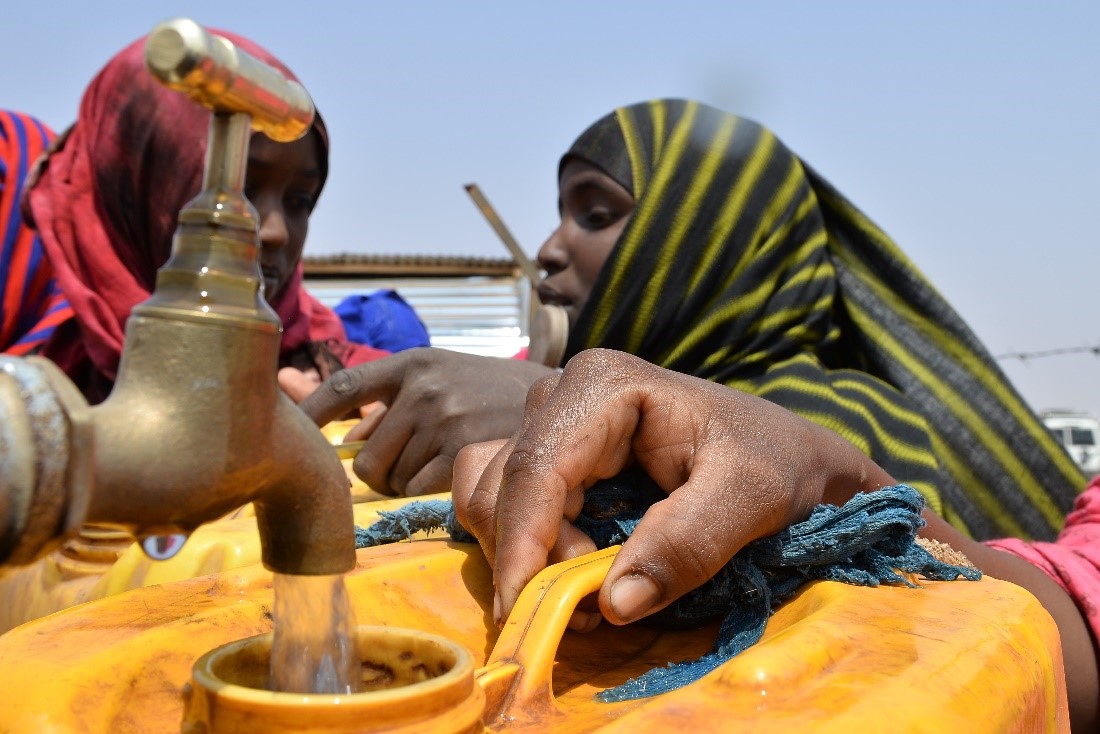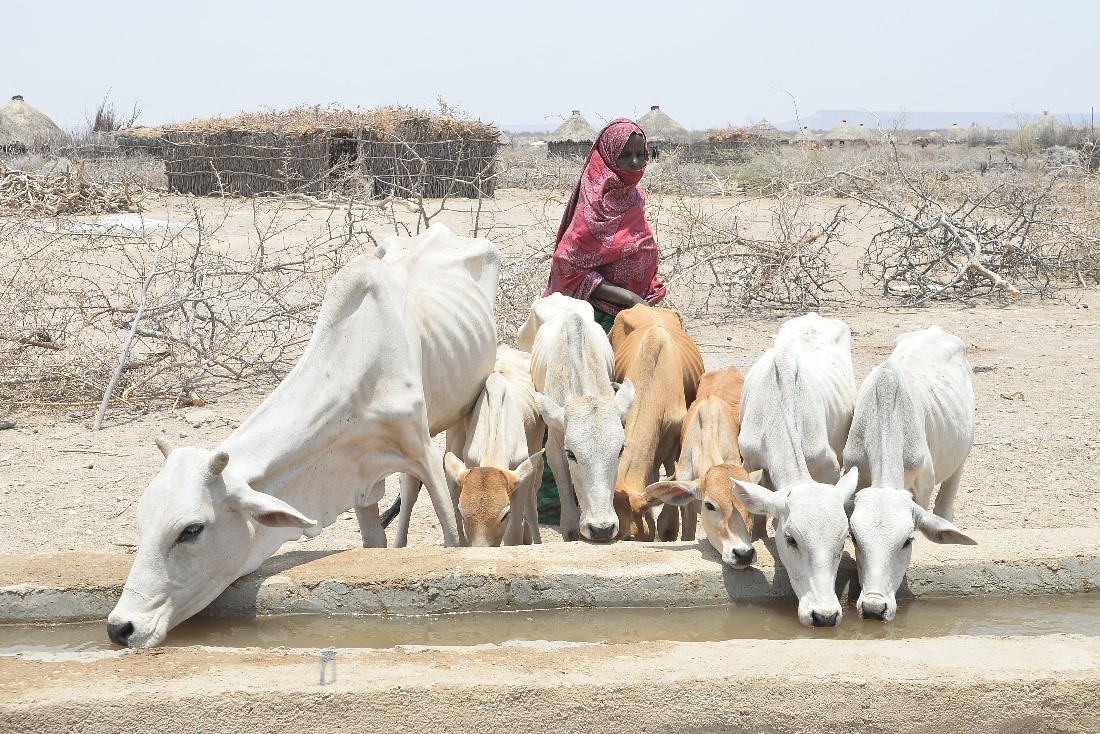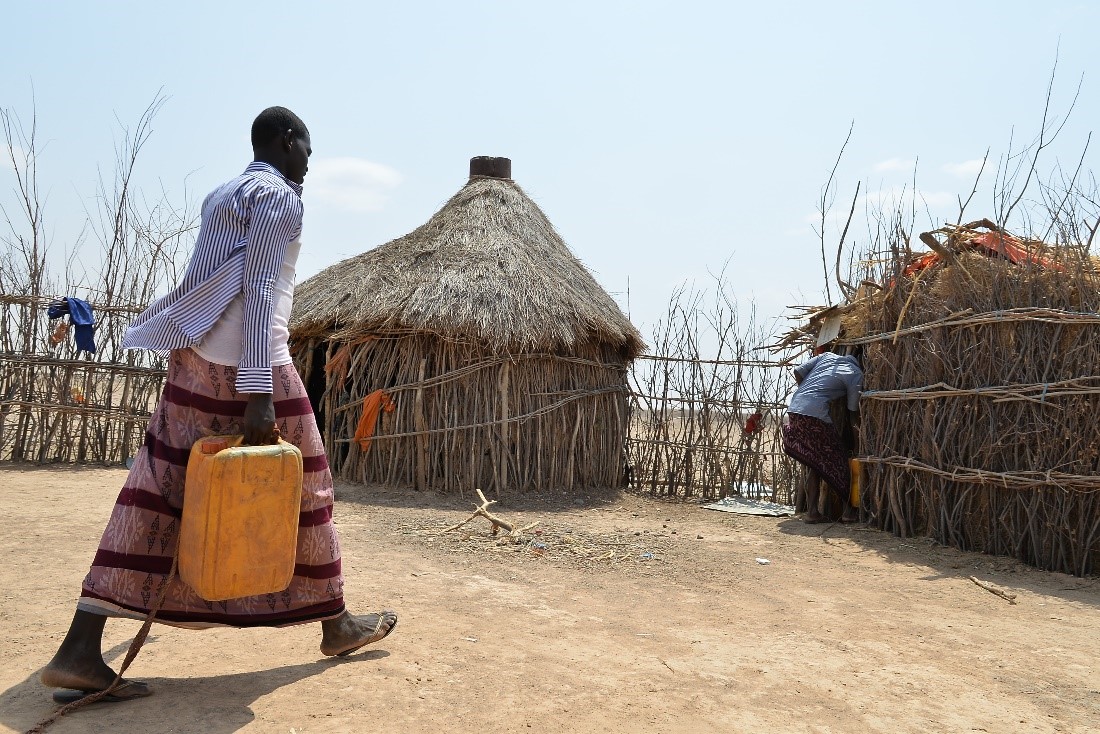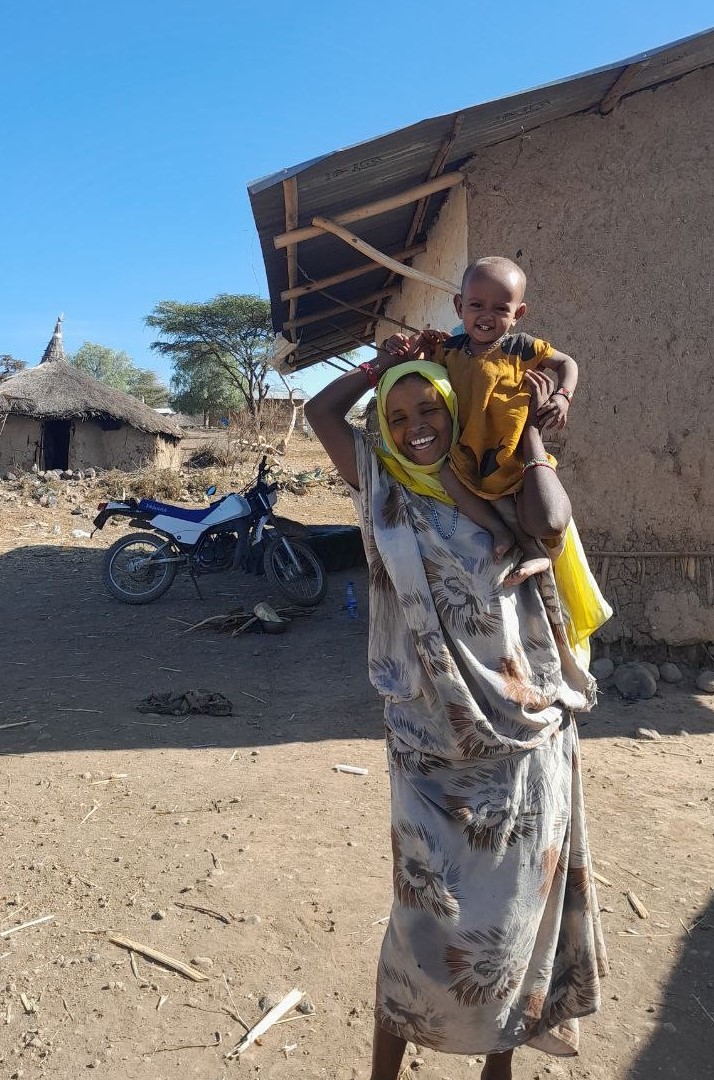Putting rural people in the development driving seat in Ethiopia
IFAD Asset Request Portlet
Asset Publisher
Putting rural people in the development driving seat in Ethiopia
Estimated reading time: 3 minutes |
| Basic services like water are difficult to access in rural Ethiopia. © IFAD/FAO/WFP/Michael Tewelde |
For most of her life, Hawa Uso lived in a small grass-roofed hut. Her family owned a single cow and two goats, which brought in less than 10,000 Ethiopian birr (US$185) a year, barely enough for her family of four to survive on.
Life is hard in Torbayyo, a rural village in Ethiopia’s Oromia region. Here, water is scarce and essential services, like schools, are difficult to access. Rural families depend on small-scale livestock and crop production for their livelihoods.
Hawa knew that unless she started earning more and giving her children an opportunity to attend school, her family would continue to struggle.
But today, things are very different. Her family has three oxen, a cow and calf, eight goats and three hens. Instead of a grass-roofed hut, they live in a house with an iron sheet roof. They eat better meals and the children go to school.
This remarkable change has come about through a simple concept with very large implications: community driven development (CDD).
When communities drive development
With CDD local people are in charge of identifying what they need to prosper and how development funding should be used.
Communities are empowered to voice their priorities and to manage resources to improve access to basic services. The process ensures that people who are normally excluded are heard. This means that the needs of women, young people and people living with disabilities are reflected in development.
CDD is also cost-effective. Because it depends on local materials and labour, it can cut construction costs by a quarter.
How CDD works
 |
| The Pastoral Community Development Project is one of Ethiopia's largest projects, implemented across four regions. © IFAD/FAO/WFP/Michael Tewelde |
With CDD, communities are offered a standard “menu” of basic public goods to choose from, working closely with woreda (district) offices to manage the services the community selects.
Expert mobile teams supervise, train and assist woreda officials. This integrated, community-led approach has made it possible to scale up CDD and bring services to the people who need them. For the first time ever, CDD is being expanded across Ethiopia by IFAD’s Lowlands Livelihood Resilience Project (LLRP).
“The project is ours”
 |
| Hundreds of thousands of households in Ethiopia have benefitted from CDD. © IFAD/FAO/WFP/Michael Tewelde |
Through CDD, LLRP is supporting 500,000 households in Ethiopia, including Hawa’s. When Hawa's community was asked what problems they faced, she saw an opportunity for change.
Through the project, she learned how to prioritize certain problems and pick solutions based on needs and the resources available. For example, Hawa and her neighbours set up a cattle fattening group with funds from LLRP.
The business was successful, with each member earning 25,000 birr (US$ 467) after six months. Hawa invested the money in setting up her own cattle fattening business and buying oxen to till her land, which in turn increased crop production and tripled her family’s annual income.
Hawa's community also agreed that a local school was urgently needed. Working with the project and woreda officials, they oversaw the construction of a school building and equipped it with solar power and water supply.
Now, Hawa’s children are in school and she is thinking of other development priorities: reliable water sources, and roads for better connectivity. She feels genuine ownership of what the community has achieved.
 |
| Hawa Uso and her two-year-old daughter in the rural village of Torbayyo. © Worku Gadisa |
“Previously, we saw development activities in our area after construction had started, or even after it was completed, so we did not understand their importance. Thus, we did not care for those projects,” Hawa says. “But in this project, we participated in identifying what it should do for us. We participated in all activities and even shared the costs. This project is ours: we look after it, protect it, and make good use of it.”
Publication date: 16 January 2023